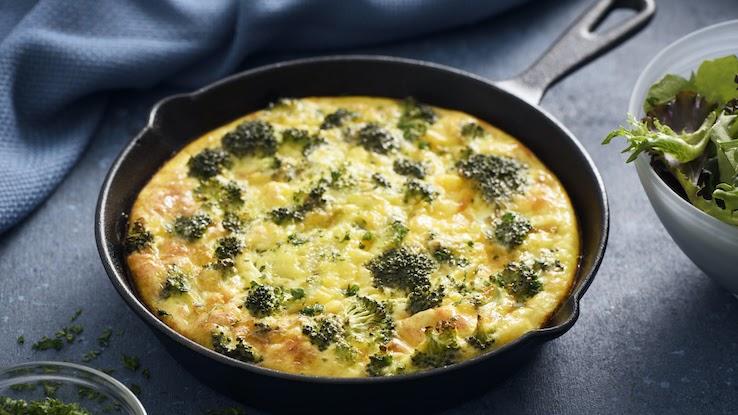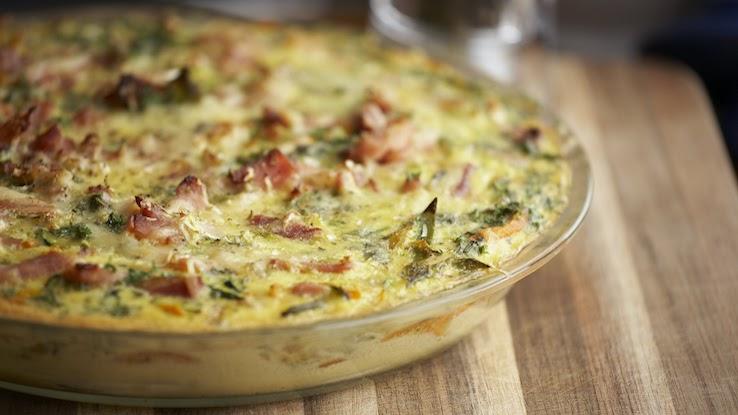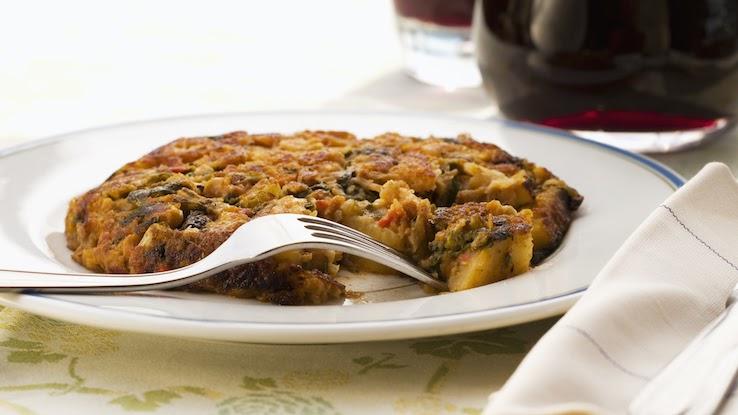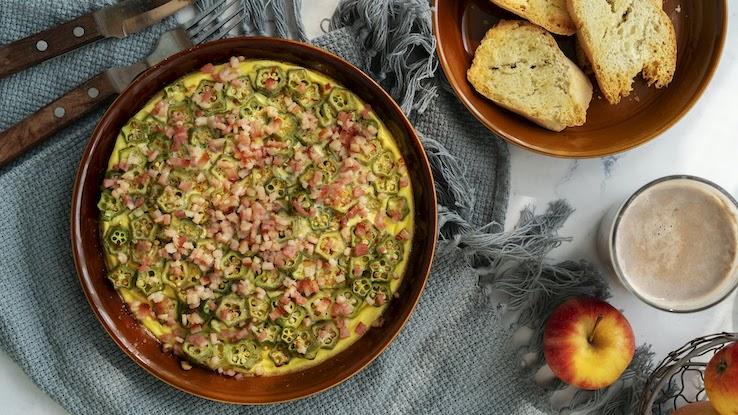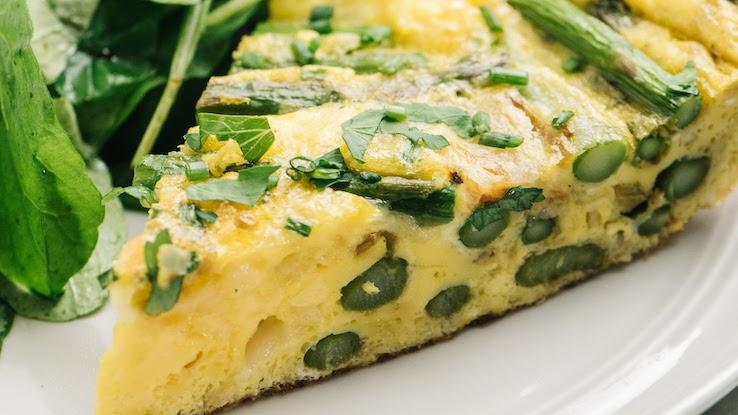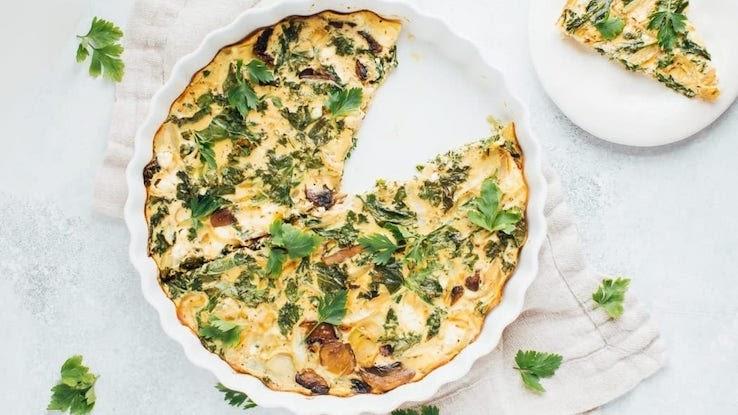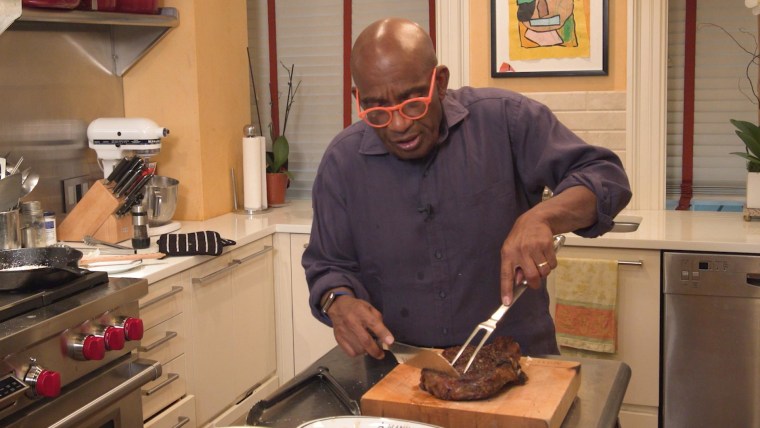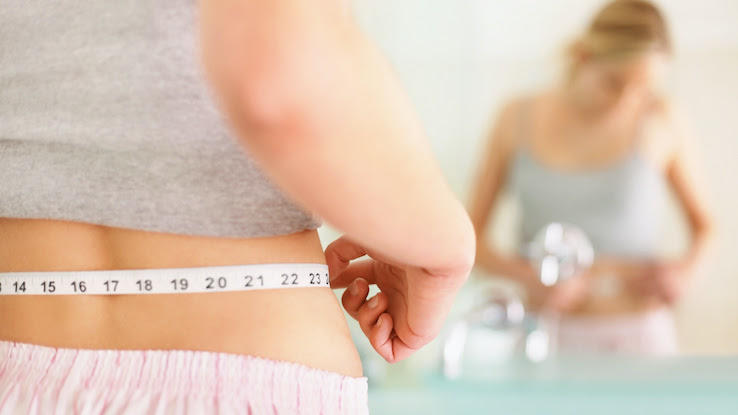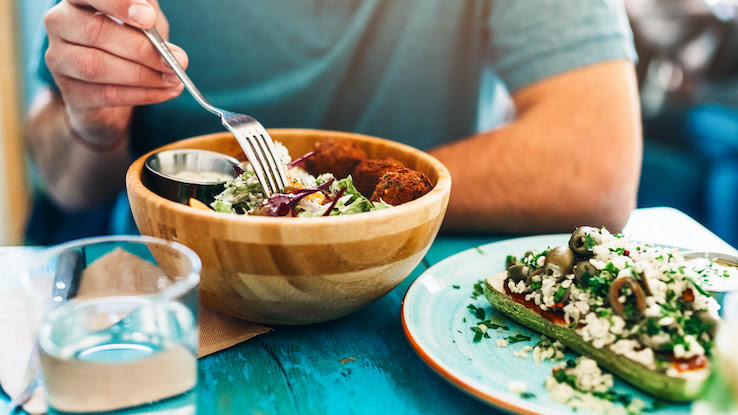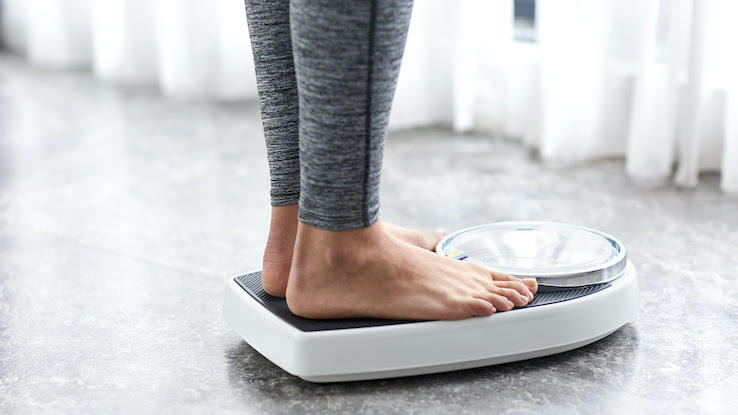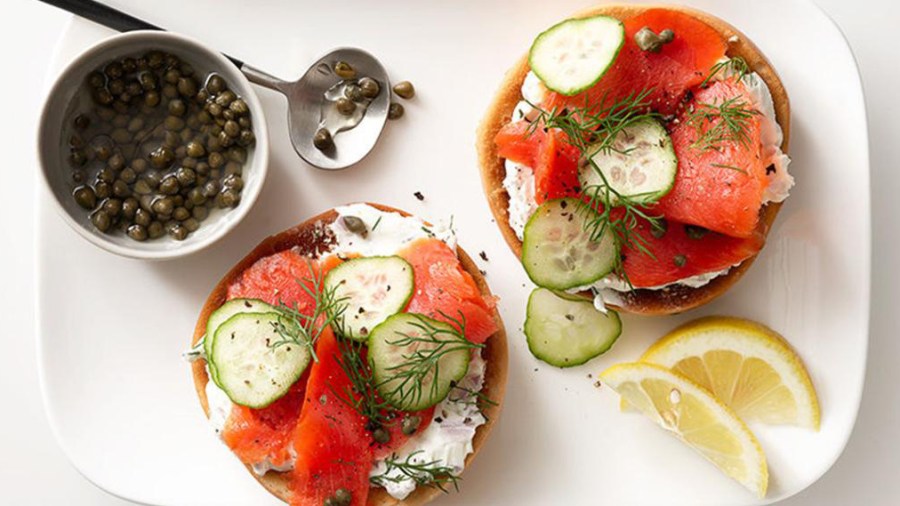Animal Stak Testosterone Review
You are here: Home / Testosterone Boosters / Animal Stak Review: Does This Supplement Boost Muscle & Testosterone?
Animal Stak (by Universal Nutrition)
5

Pros
- Some good options (but proprietary blends make it confusing)
- Not a steroid
Cons
- Confusing Ingredient Dosages
- Some Ineffective Ingredients
- Missing Core Nutrients
What does Animal Stak do?
This is our Animal Stak Review, a supplement from Universal Nutrition.
It is thought to help improve:
- Testosterone
- Muscle Mass
- Strength
- Recovery
But how well will it work for you?
In our Animal Stak reviews we look closer at the ingredients, along with commonly asked questions asked about this supplement.
This is what you need to know:
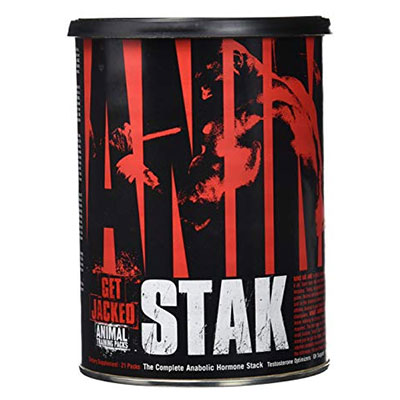
Animal Stak Pill Breakdown
There's a lot going on with Animal Stak, so let's breakdown what's in each pill.
Below, we give you our Animal Stak Pill Breakdown. In our reviews we look at the main ingredients in this supplement, along with how they can help you.
One of the main problems is that it is made up mainly of proprietary blends. A proprietary blend is when a supplement manufacturer chooses to hide individual dosages in favour of putting them under fewer larger amounts.
The problem here is that don't know how much you're getting in each pill of Animal Stak or how effective it really is overall. It's not good.
There's a lot in here, and it's not all good. Here's the main options:

- Vitamin D3
One of the best ingredients in our Animal Stak review.
This is because Vitamin D3 is technically a hormone. Studies show that it can help to promote overall testosterone levels when taken in high amounts.
There isn't too much in Animal Stak to do this, you're recommended to take 3300 IUs for the best results, with only 1000 IU in Animal Stak you may not get the exact benefits you're looking for.
However, it can still have some impact here.
- Magnesium
This is another good ingredient in our Animal Stak review which can help testosterone levels.
Magnesium can help promote your overall levels of free testosterone. It does this by interacting with a protein in your blood known as Sex Hormone Binding Globulin (SHBG).
SHBG is a protein which binds to your testosterone and removes it's anabolic potency. In doing so, the affected testosterone becomes useless.
Magnesium helps by binding the to the protein and reduces its overall influence. This allows more testosterone to circulate freely throughout your system.
- Zinc
This is another good choice in Animal Stak.
Zinc is a mineral which can help with testosterone production. It does so by promoting your overall levels of the Luteinizing Hormone (LH) in your brain.
LH is your body's precursor to both growth hormone and testosterone. The more of it you have in your system, the more support your testosterone levels have to grow throughout the day.
- Tribulus Terrestris
This however, isn't a good option in our Animal Stak Review.
Tribulus Terrestris is a herb which has claims to promote testosterone – however studies have shown that this is not actually the case.
The only time Tribulus has been seen to help testosterone levels are in rat studies. Unfortunately, these results have failed to scale up in other tests.
Tribulus may only be able to help you in terms of libido, rather than actual testosterone boosting.
- Eurycoma Longifolia
Another ingredient in our Animal Stak review that doesn't have much of an impact on your T-levels.
Eurycoma Longifolia (also known as Tongkat Ali and Longjack) is a herb which is also thought to raise testosterone.
Again, this has only been seen to work in rat studies. The results unfortunately do not scale up for human tests.
The only thing it may do is give your libido and sex drive a boost.
- Fenugreek
This is a better choice in Animal Stak. Fenugreek is a herb which has links to increasing testosterone (albeit indirectly).
Fenugreek works by helping to create a better hormonal environment for your testosterone to grow in. It does this by regulating your blood sugar and insulin levels.
When your insulin levels are higher, your testosterone levels go lower. This is how your body balances your hormones in a process known as homeostasis.
By helping to keep your insulin levels under better control your testosterone levels have more support to grow.
- Stinging Nettle
This is an ingredient that helps testosterone in a similar way to Magnesium.
The Beta Sitosterol in the Nettle can help to inhibit your SHBG just like the Magnesium. Combined they can help control more SHBG allowing more testosterone to circulate throughout your system uninhibited and freely.
- Maca
This isn't a testosterone booster in Animal Stak, but it can help your general health to some extent.
Maca is a herb which has links to improving libido, and even sperm quality. It can help give you better male health if you're looking for libido gains from this supplement.
- L-Carnitine
An amino acid in our Animal Stak review which doesn't promote T. It can help you in other ways though.
L-Carnitine has been seen in some cases to help energy levels, metabolism, and even focus. This could help you burn more calories and have more effective session when training in the gym.
You need a lot for it to work though. Studies show doses of 500 – 2500mg usually give the most benefit. As this is part of a proprietary blend though, there's no way to know for sure if you'll be getting the same out of Animal Stak.
- Mucuna Pruriens
Also known as Velvet Bean, Mucuna Pruriens are a good addition to Animal Stak.
They help in a similar way to Zinc when it comes to directly boosting testosterone. By increasing your levels of the Gonadotropin-Releasing Hormone (GnRH), it works to help promote your overall levels of the Luteinizing Hormone (LH).
As we've mentioned, with LH in Animal Stak boosting your testosterone and growth hormone – it's a great support in this supplement.
- Resveratrol
This is not a testosterone booster in Animal Stak however, it can help to support this supplement as a whole.
So, what does it do?
Commonly found in nutrients like Grape Seed, Resveratrol can help promote nutrient flow. This can help improve overall absorption and the speed of activation.
It offers a good support in this supplement.
- DIM
This isn't a testosterone booster in Animal Stak reviews, but it can help by other means.
It's a component which is commonly found in green vegetables like broccoli and others.
DIM has some links to helping as an aromatase inhibitor. This means it can work as an estrogen suppressant. It can help to reduce your overall levels of the female hormone, giving your testosterone a better enviroment to flourish in.
- Piper Nigrum
Also known as Black Pepper. Piper Nigrum is a nutrient that can help promote nutrinet absorption in Animal Stak. This can help you to get more out of the other ingredients in this supplement to help promote a better overall benefit.
It is not a direct testosterone booster.
- Milk Thistle
This isn't a T-booster either in Animal Stak, and it's actually an odd choice for this supplement.
We say this because Milk Thistle typically is used after a steroid cycle. It is thought to help protect the liver and internal organs by natural means.
It doesn't have the effectiveness of actual medicine but a good support if you have taken prohormones.
Note: Animal Stak does not contain prohormoes. We would never recommend taking prohormones to increase muscle mass. There are plenty of safer options out there.
- Ashwagandha
The final ingredient that we're going to be covering in our Animal Stak review.
Ashwagandha is a herb that has some links to raising testosterone levels. It does this by helping to reduce your levels of the stress hormone cortisol.
When your cortisol levels are high, your testosterone levels lower. This is how your body balances your hormones, the more you have of one, the less you have of another.
By keeping your cortisol levels under control, your testosterone levels have more support to rise.
Is Animal Stak Safe?
Animal Stak is a natural testosterone booster, it's safe, it's not a drug. You should feel secure using it. Older men respond better to it as natural hormone levels decline over time. It could enhance your libido. Animal Stak is a natural testo booster, it's safe, it's not a pro-hormone.

Side Effects
When taking Animal Stak you may experience a side effect of an upset stomach. Although this review doesn't cover anything specifically in here that does this – take another look at the nutrient facts.
There's a hell of a lot of ingredients in Animal Stak. We believe your stomach might not agree with everything in here.
As we've mentioned, speak to a doctor first if you have any concerns.

Is Animal Stak a Steroid?
No. Animal Stak is hormone free and contains no steroid derivatives. It is not a steroid.
Animal Stak is drug-free and fine to use for sporting competitions. It is fine for use for any bodybuilder or sportsman who wants to build natural muscle.
What does Reddit say?
Here we've compiled a list of things people are saying in their Animal Stak Reviews on Reddit.
This is a rather balanced review:

The user noticed gains in his friends, however they were beginners and this could've happened anyway.
There was also talk of the other supplement from Universal Nutrition: Animal M-Stak:

Again, there's a lot for and against it.
Animal Stak Reviews Summary
In conclusion, we think that this is not the best testosterone booster on the market.
From our Animal Stak Review, we could see there's too many ingredients at play here without knowing the value of each nutrient.
You don't know how much of each ingredient you're getting or how effective it really is overall.
It's hard to judge – and we think there are far more straight forward and effective options out there on the market.
What is our current #1 Testosterone Booster?:
Testo Lab Pro
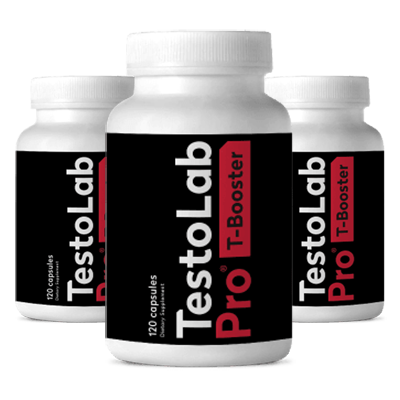
After countless hours of extensive research on the testosterone booster market, these are the best options to suit whatever your needs may be.
We've looked tirelessly into the ingredients, side effects, servings, safety and general effectiveness to find the best options out there.
If you're looking to:
- Build Lean muscle mass
- Lean up and lose body fat
- Improve your day-to-day energy
- Reduce estrogen and give you better hormonal balance
- Completely Vegan and Gluten Free Option
Testo Lab Pro is our favorite option when it comes to effective testosterone boosters on the UK market at the moment.
You can read our full review and why we rate it so highly below:
Read our full
Testo Lab Pro Review
Animal Stak Testosterone Review
Source: https://thebigsleuth.co.uk/animal-stak-review/




















